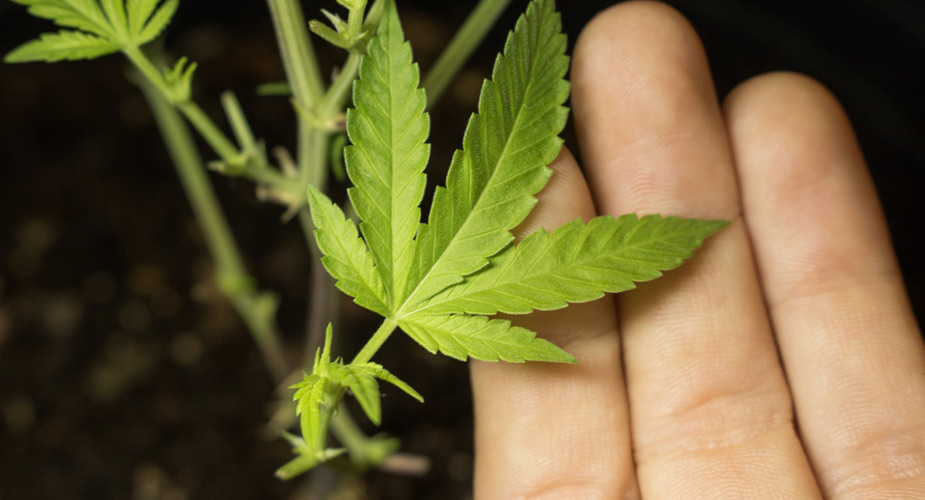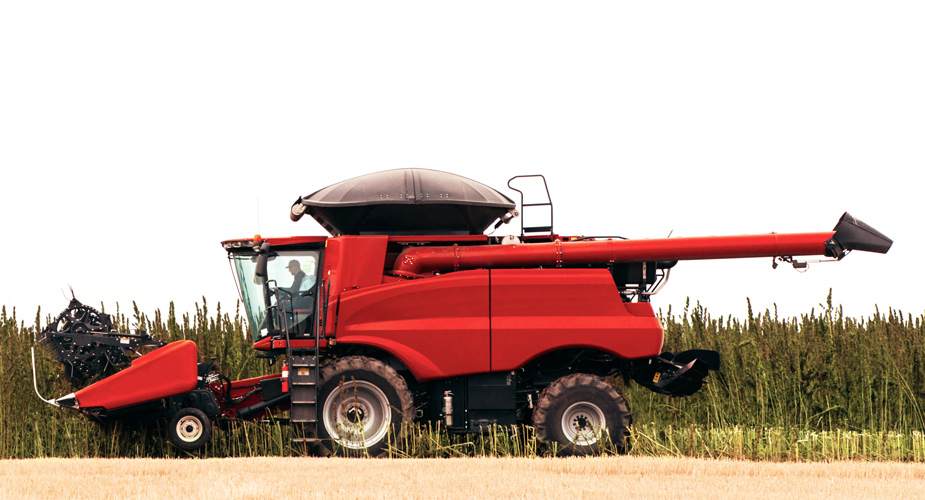Imagine a world where we grow all the resources that we use, every day, every year. What could happen if the use of finite resources, like oil, could be converted to a billion-dollar renewable crop? Hemp helps us see that reality. How do we get from this field of dreams to the fields of hemp?
Before hemp can save the world, a seed must be planted!
Hemp is cannabis sativa containing less than .3% THC. The 2014 Farm Bill now allows research into hemp development. The farm bill and Oregon state law allows hemp farmers to import seed, helping to rebuild our seed stock for nationwide hemp production. The bill also encourages the growth and development of all hemp strains.
In Oregon, you can register to grow hemp with the U.S. Department of Agriculture. Only a few annual permits are currently issued. Fears of cross-pollinating hemp crops with marijuana crops have prompted new legislation bills with temporary bans in the Oregon counties Douglas, Josephine, and Jackson. With legislation obstacles and the overabundance of hemp imports, courageous growers have found it difficult to get their first crops growing.
How do we get American-grown hemp to be part of the world trade? To come up with a good plan, you first need to decide what kind of hemp you would like to grow. The hemp plant has three main resources it produces: its seed, fibers, and hurd. Hemp seed is rich in oil and great for food production. Hemp’s long fibers are used for ropes, textiles, and composite plastics. The woody core known as the hurd is great for construction and animal bedding. Hemp hurd is also high in cellulose, which can be utilized to create biodiesel fuels.
Industrial hemp can be profitable. Hemp can be a multi-use crop for farmers and can be grown in many climates. Known as a rotation crop, hemp doesn’t require a lot of herbicides and pesticides. Within 5-6 weeks, the canopy takes up 90% of sunlight, blocking noxious fields and destroying weeds. Hemp is also known as a “mop crop,” as it can clean up heavy chemical-damaged fields. Hemp also helps aerate soil and is great at depositing carbon dioxide back into the soil. That means it can support a food crop immediately after a rotation.
Hemp reaches maturity within 120 days. Hemp intended for seed production is grown at 300 seeds per square meter. It’s grown short and bushy to make for easier harvesting. When grown for fiber, the stalks are grown very close together and up to 20 feet high, assuming a rate of 700 seeds per square meter. You can also grow a mixed harvest, producing a good seed as well as fiber harvest, using a rate of around 500 seeds per square meter. You can grow hemp on as little as half an acre. Canadian hemp seed farmers report up to $250 profit from one acre of hemp.
Hemp harvesting can be done with minimal labor and simple farming equipment. A brush cutter will do the job for most fiber harvesting operations, and most grain harvesters will work great at gathering seed. Hemp stalks need to be field-dried before they can be pulped. Hemp farming requires fewer chemicals than wood pulp, due to its low lignin content. Using a process called “retting,” hemp’s woody inner core separates easily from the long fibers. After hemp is processed into its three main resources it can be easily shipped anywhere.
The growing demand for hemp means that you can make more money growing hemp compared to most crops that have declining economic returns. It’s advised to find a broker to get your hemp harvest to the companies looking for an eco-friendly renewable resource to use in their products. The largest American importer of hemp, Larry Serbin from Hemp Traders out of Los Angeles California explains, “The cost of shipping raw hemp is exponential. Hemp is too porous, it’s too lightweight, but takes up too much space to ship.” As the industry grows larger, processing facilities will make it easier for a farmer to get hemp to market by processing on a more local level.
Years ago, hemp was an everyday part of life and commerce. Ships could have not sailed the ocean blue without the power of hemp. Hemp was such an important part of American culture that for almost 200 years you could pay your taxes in hemp. With new eager entrepreneurs breaking ground for hemp seeds, we are seeing a new farming revolution that will bring hemp into the 21st century. With the help of new growing techniques and new harvesting equipment, hemp is ready to meet the modern age.
It all starts with a seed and a farmer!



